Sewer Backup Toronto: Causes, Prevention, and Cleanup
Welcome to Service Water Restoration Pros, your go-to source for all your sewer backup needs in Toronto. Whether you’re dealing with a sewer backup emergency or looking for preventive measures, we’ve got you covered. In this comprehensive guide, we’ll explore the causes of sewer backups, how to prevent them, and the process of sewer backup cleanup. Read on to learn more.
Causes of Sewer Backups
1. Blocked or Clogged Pipes
One of the most common causes of sewer backups is blocked or clogged pipes. Over time, debris, grease, hair, and other substances can accumulate inside the pipes and hinder the flow of wastewater, eventually leading to a backup.
2. Tree Root Intrusion
Tree roots seeking moisture can infiltrate underground sewer lines, causing cracks or blockages. As the roots grow and expand, they can completely obstruct the flow of wastewater, resulting in a sewer backup.
3. Aging Sewer Systems
In older homes and neighborhoods, sewer systems may be deteriorating due to age and wear. Cracked or collapsed pipes, joint failures, and other structural issues can contribute to sewage backups.
4. Heavy Rainfall and Flooding
During periods of heavy rainfall, stormwater can overwhelm the sewer system, leading to backups. If the system is unable to handle the excess water, it can cause sewage to flow back into homes and properties.
Preventing Sewer Backups
1. Proper Disposal of Waste
Avoid flushing anything other than toilet paper down the toilet. Feminine hygiene products, baby wipes, paper towels, and other items can easily clog the pipes and contribute to a sewer backup.
2. Regular Maintenance
Regularly inspect and maintain your sewer system by hiring a professional plumber to check for any signs of blockages or damage. This proactive approach can help prevent backups and ensure the smooth functioning of your sewer system.
3. Tree and Plant Selection
If you’re planting trees or plants in your yard, make sure to choose species with non-invasive root systems. This can help minimize the risk of tree root intrusion into the sewer lines.
4. Install Backwater Valves
Backwater valves are devices installed in your sewer line that allow wastewater to flow out, but prevent it from flowing back into your home during a sewer backup. Consider installing backwater valves to protect your property.
Sewer Backup Cleanup
In the unfortunate event of a sewer backup, it’s crucial to act promptly to minimize damage and ensure the safety of your property. Here’s a step-by-step guide to sewer backup cleanup:
1. Safety First
Before starting the cleanup process, ensure your safety by wearing protective gear such as gloves, masks, and boots. Avoid coming into direct contact with the wastewater, as it may contain harmful bacteria and contaminants.
2. Remove Standing Water
Use pumps or wet/dry vacuums to remove any standing water from the affected area. Dispose of the water properly, following local regulations and guidelines.
3. Cleanup and Disinfection
Clean and disinfect all surfaces and items that came into contact with the sewage. Use appropriate cleaning agents and disinfectants to eliminate bacteria, viruses, and other potential contaminants.
4. Proper Disposal of Contaminated Materials
Dispose of any contaminated materials, such as carpets, furniture, and personal belongings, in accordance with local regulations. It’s important to properly handle and dispose of these items to prevent further contamination.
5. Professional Restoration Services
Consider engaging the services of a professional sewer backup restoration company, like ours at Service Water Restoration Pros. Our experienced team specializes in handling sewer backup cleanup and restoration, ensuring thorough and safe remediation of the affected area.
If you find yourself dealing with a sewer backup emergency or need assistance with preventive measures, contact Service Water Restoration Pros at (949) 209-1582. Our experts are available 24/7 to provide you with timely and reliable solutions.
What should I do when my sewer backs up?
- Contact a professional sewer backup cleanup and restoration company like Service Water Restoration Pros.
- Ensure your safety by wearing protective gear before entering the affected area.
- Do not attempt to clean up the sewage yourself as it may contain harmful bacteria and contaminants.
- Follow the instructions and guidance provided by the professionals to properly mitigate the damage and restore your property.
How can I protect my house from sewer backups?
- Install backwater valves to prevent wastewater from flowing back into your property.
- Avoid flushing anything other than toilet paper down the toilet to prevent clogs.
- Regularly maintain your sewer system to ensure it is in good working condition.
- Choose trees and plants with non-invasive root systems to minimize the risk of tree root intrusion into the sewer lines.



